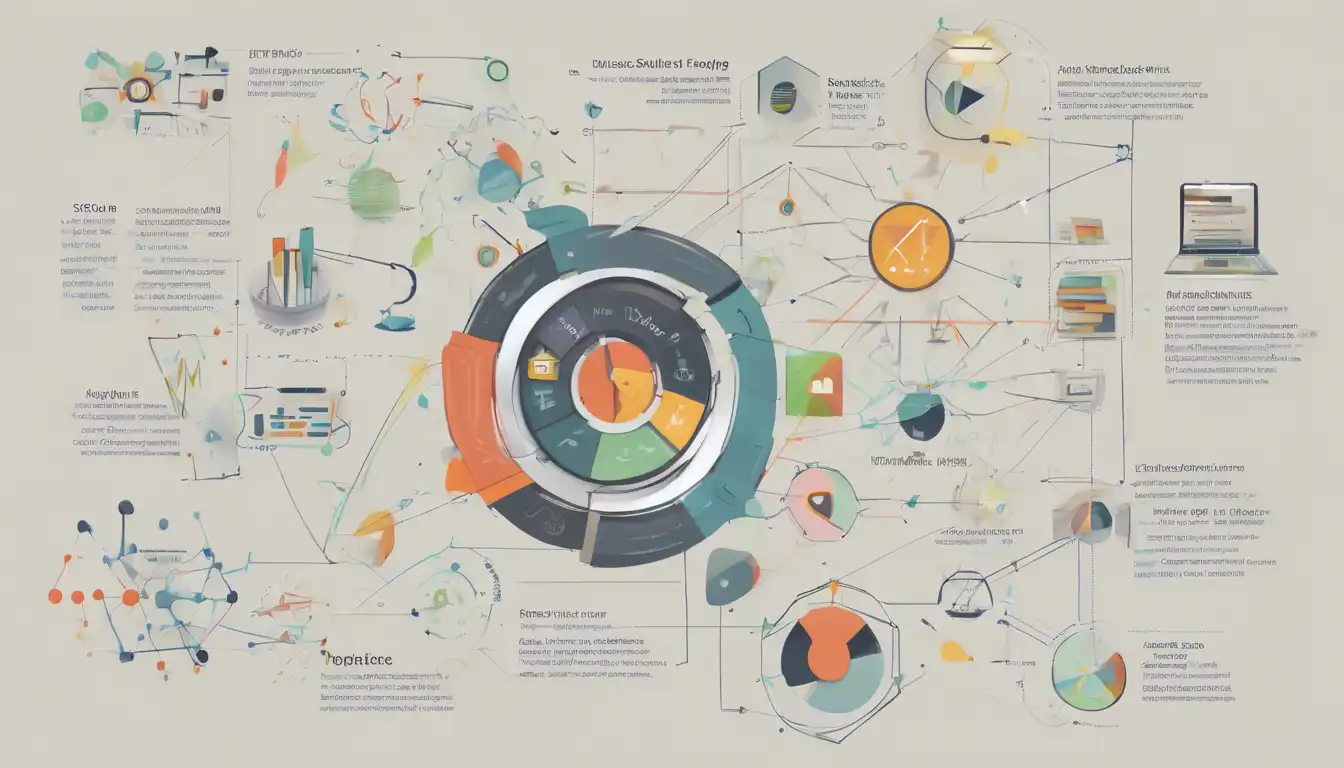Introduction to Data Science Tools
In the rapidly evolving field of data science, staying updated with the latest tools and technologies is crucial for every analyst. Whether you're a beginner or an experienced professional, knowing which tools can help you analyze, visualize, and interpret data effectively is key to your success. This article explores the essential data science tools that every analyst should know to stay ahead in the game.
Programming Languages for Data Science
At the heart of data science are programming languages that allow analysts to manipulate data and build models. Python and R are the two most popular languages in the data science community. Python is renowned for its simplicity and versatility, making it ideal for beginners and experts alike. R, on the other hand, is specifically designed for statistical analysis and graphical models.
Data Visualization Tools
Visualizing data is a critical step in understanding complex datasets. Tools like Tableau and Power BI enable analysts to create interactive and visually appealing dashboards. For those who prefer coding, libraries such as Matplotlib and Seaborn in Python offer extensive capabilities for creating static, animated, and interactive visualizations.
Big Data Technologies
With the explosion of data, handling large datasets has become a challenge. Technologies like Hadoop and Spark provide scalable solutions for processing big data. Spark, in particular, is known for its speed and ease of use, offering APIs in Python, R, and Scala.
Machine Learning Libraries
Machine learning is a cornerstone of data science. Libraries such as Scikit-learn in Python offer simple and efficient tools for data mining and data analysis. For deep learning, TensorFlow and PyTorch are the go-to frameworks that support the development of complex neural networks.
Database Management Systems
Storing and retrieving data efficiently is essential for any data science project. SQL databases like PostgreSQL and MySQL are widely used for their reliability and performance. For NoSQL databases, MongoDB offers flexibility in handling unstructured data.
Conclusion
Mastering these data science tools can significantly enhance an analyst's ability to derive insights from data. While the list is not exhaustive, it covers the fundamental tools that are indispensable in the field of data science. As the industry continues to grow, staying updated with the latest tools and technologies will remain a key factor in achieving success.
For more insights into data science and analytics, explore our blog for the latest trends and tips.
